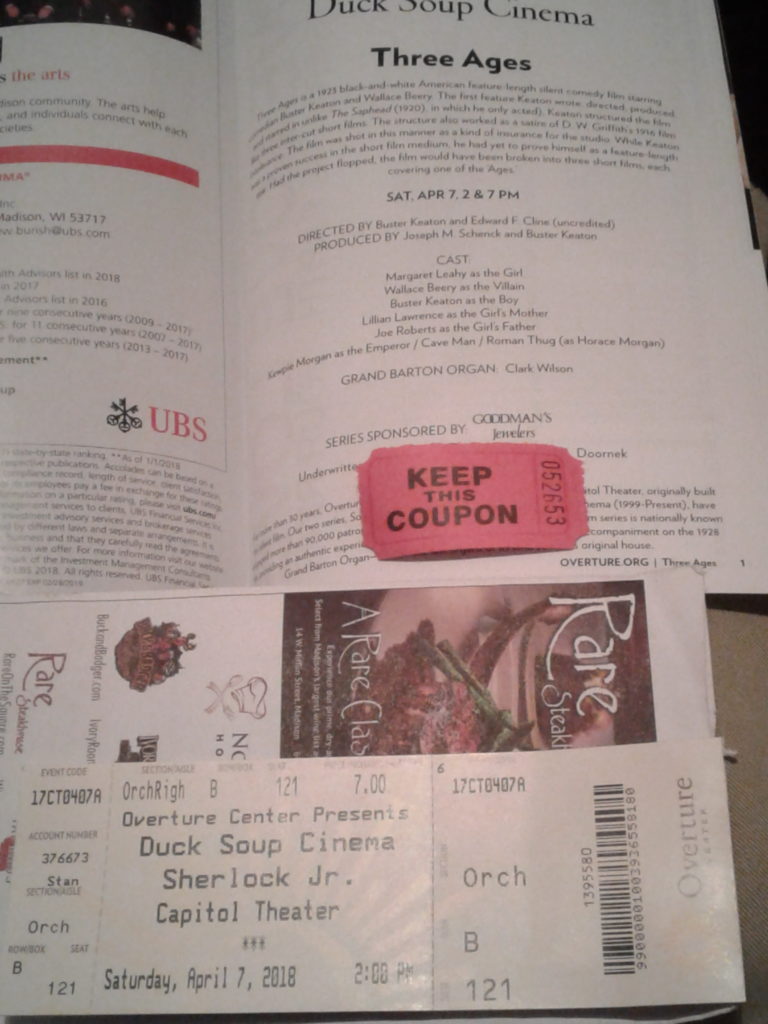Buster Keaton Through The Ages Brings 2017/18 Duck Soup Cinema Season To Rollicking Close
For 31 seasons, Madison, Wisconsin’s Overture Center for the Arts (formerly Madison Civic Center) has offered 2 – 5 showings per year of silent movies in its historic Capitol Theater (formerly Oscar Mayer Theater, rededicated in 2005 under its original 1928 venue name) as accompanied on the theater’s Grand Barton Organ, one of the last theater organs of its kind in the country. Originally known, from 1986 to 1998, as Sounds of Silents, the series was renamed Duck Soup Cinema in 1999, and has since incorporated live vaudeville-style performance along with the live organ-accompanied movie. Recreating the movie theatrical experience of 90 years ago, Duck Soup Cinema is now one of the longest-running, continuous silent movie series in the Midwest. Duck Soup Diary is my attempt to both document and advertise this fun and unique combination of live performance and historical revival.
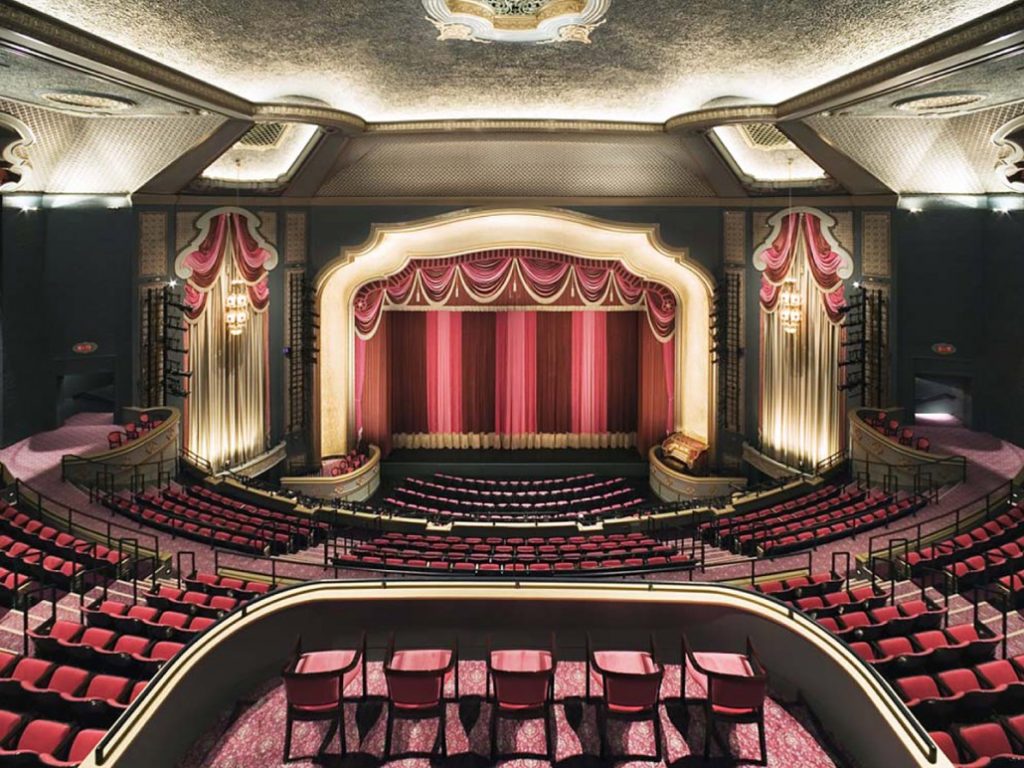
interior view of Overture Center’s Capitol Theater
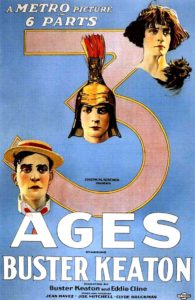 As far as endings go, no performer in the history of movies, and perhaps in all entertainment, could finish stronger than Joseph Frank Keaton Jr. The Immortal Buster, his frequent honorary title on these pages, brought the 2017/18 Duck Soup Cinema season to a rollicking close in two showings, at 2 and 7PM, on Saturday, April 7th , of his 1923 Three Ages in Overture Center’s historic Capitol Theater; as accompanied on its “crown jewel”, the Grand Barton Organ, one of 27 remaining theater organs in its original venue in the entire country. Attending the matinee, the electric orchestra in 3 manuals and 14 ranks once again provided the perfect musical setting for the silver screen’s most electric human dynamo. The grand march of history whizzed past, flew by, and otherwise whipped through a 2-and-a-half hour show that recreated the magical era of silent movies for time-traveling audience members.
As far as endings go, no performer in the history of movies, and perhaps in all entertainment, could finish stronger than Joseph Frank Keaton Jr. The Immortal Buster, his frequent honorary title on these pages, brought the 2017/18 Duck Soup Cinema season to a rollicking close in two showings, at 2 and 7PM, on Saturday, April 7th , of his 1923 Three Ages in Overture Center’s historic Capitol Theater; as accompanied on its “crown jewel”, the Grand Barton Organ, one of 27 remaining theater organs in its original venue in the entire country. Attending the matinee, the electric orchestra in 3 manuals and 14 ranks once again provided the perfect musical setting for the silver screen’s most electric human dynamo. The grand march of history whizzed past, flew by, and otherwise whipped through a 2-and-a-half hour show that recreated the magical era of silent movies for time-traveling audience members.
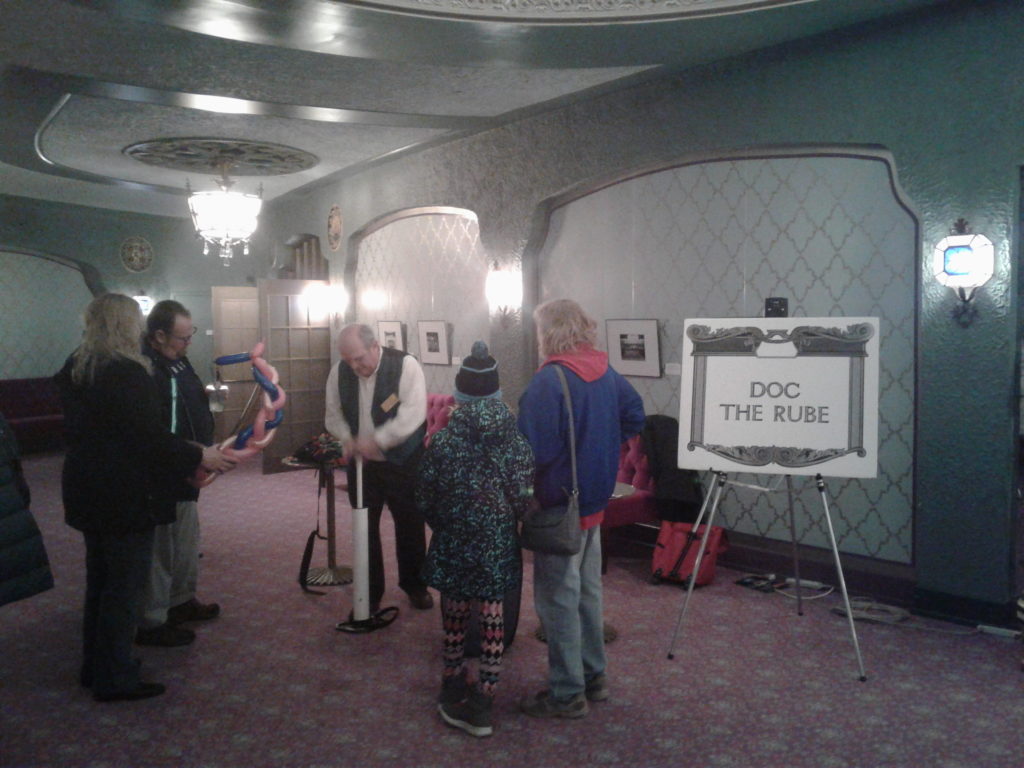
Doc the Rube in Capitol Theater lobby
Entering the lobby as returning Jim “Doc the Rube” Carter twisted balloons into all manner of improbable shapes and sizes, part of the fun for this long-time attendee was wondering when precisely the long-drawn cylindrical shapes would go “POP!” during the movie proceedings. (Serendipitous to, one hopes, Buster taking one of his lifetime-honed pratfalls.) Returning organist Clark Wilson’s walk-in music provided an eclectic medley of offbeat choices, everything from Billy Joel and Elton John to John Williams’ theme to Indiana Jones; and, as in its very best renderings, childhood favorite The Rainbow Connection on the Grand Barton nearly brought this grateful listener to tears of nostalgic joy.
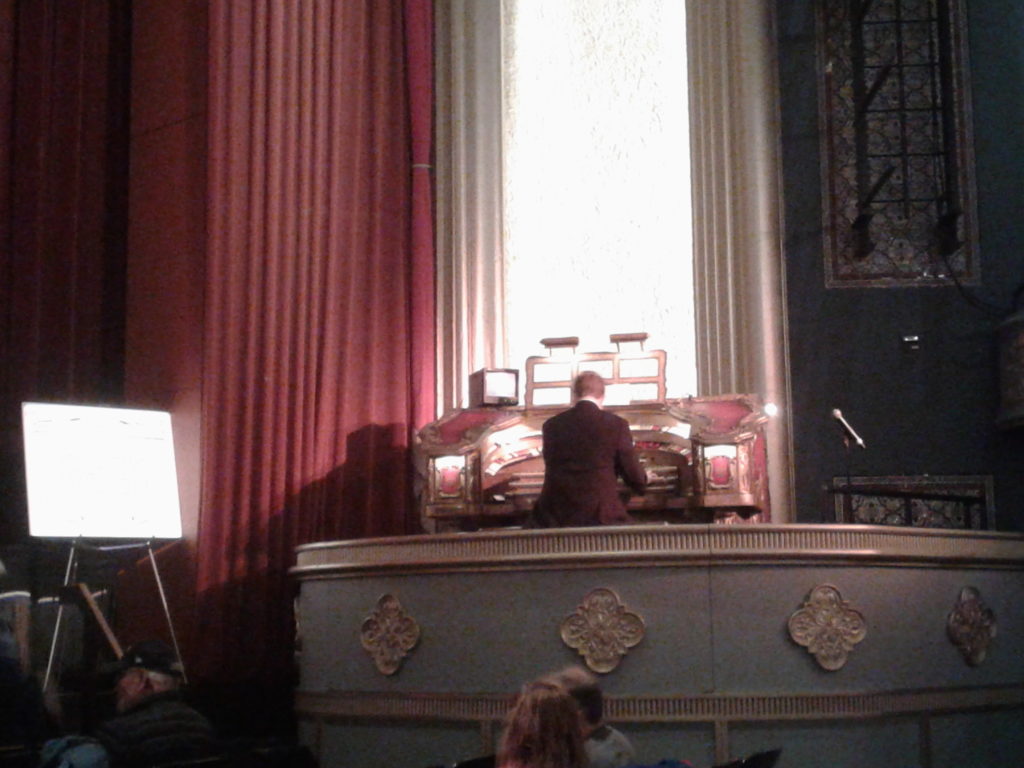
grand organist Clark Wilson on the Grand Barton Organ
MC Joe Thompson stepped from behind the Capitol Theater curtain to impart his unique brand of enthusiasm on the matinee audience, instructing the audience on properly augmenting their applause levels from a polite and welcoming “1” to an energetic and encouraging Duck Soup Cinema “10”, providing energetic lead-ins to each performance.
First up was unique handpan artist Shlomo Calvo, who performed a beautifully expressive longer piece on the two-tiered, percussive instrument. The audience was positively rapt while under the haunting spell of its otherworldly melodies.
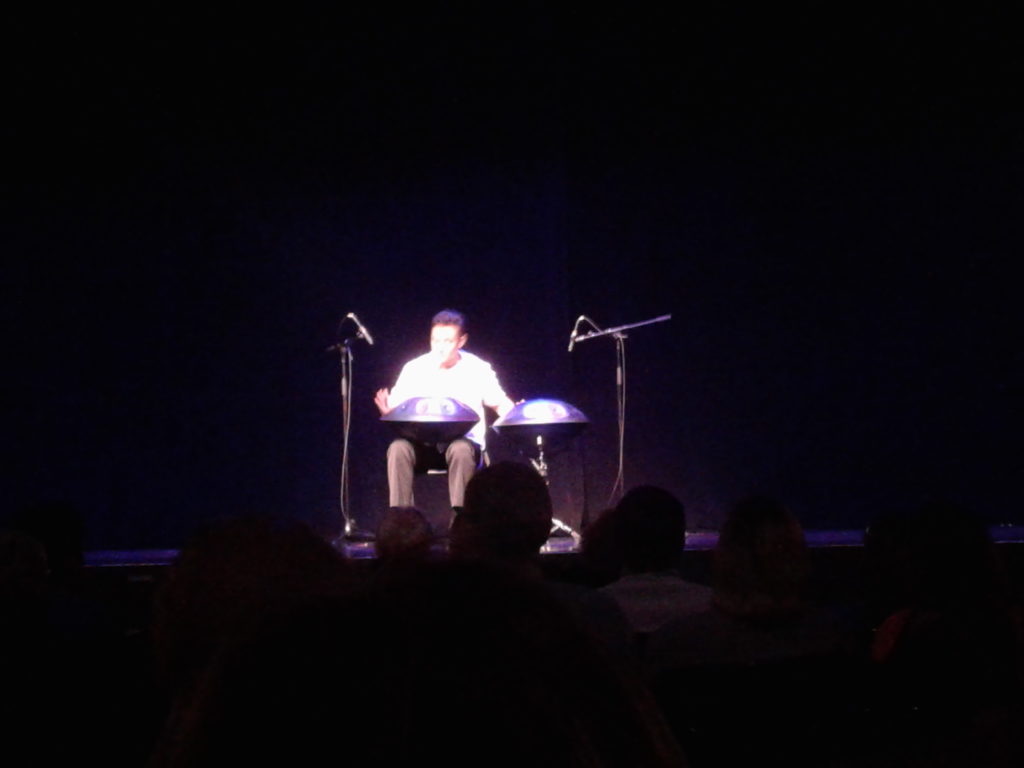
Shlomo Calvo on unique, haunting Handpan
Next came frequent Duck Soup Cinema lobby performer Wayne the Wizard and his veteran and virtuosic ventriloquism act. Wayne the Wizard’s lifetime commitment to local performing (this reviewer wistfully recalls his weekend gig at the late and lamented Shakey’s Pizza Parlor during the 1980s) shone through his hilarious and ingenious facemasked-dummy duet — set to, I believe, “Together Again” – with always-game though possibly narrow-nosed (off which the dummy-mask continuously and amusingly slipped) MC Joe Thompson.
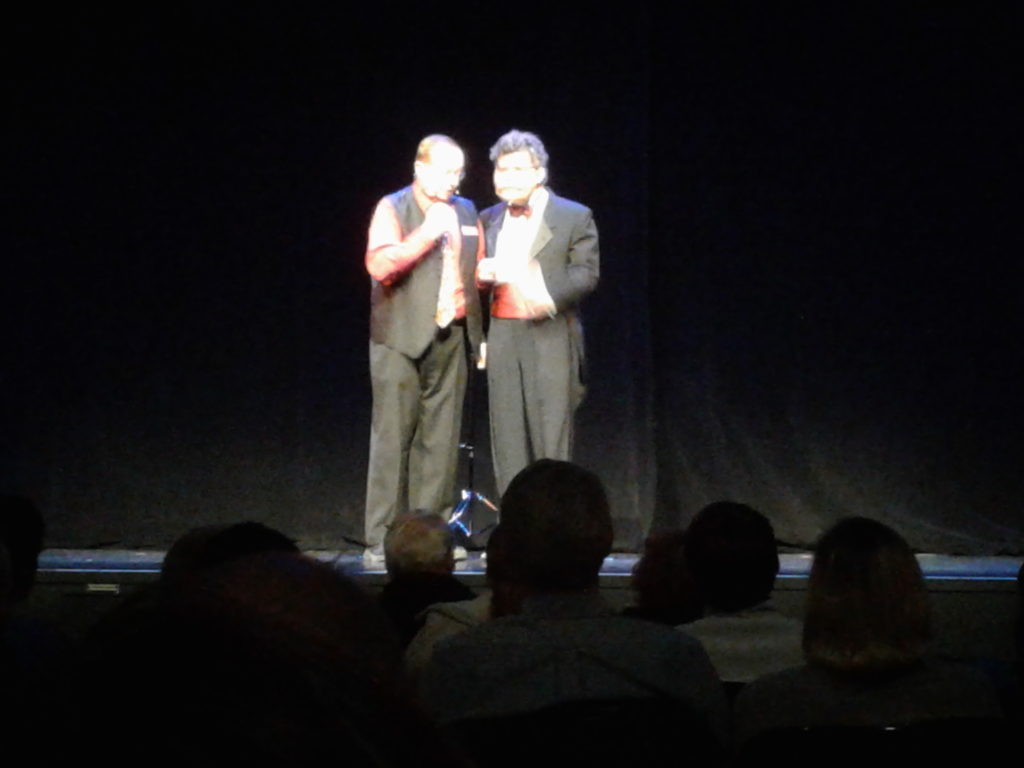
veteran ventriloquist Wayne the Wizard (left) and life-size “dummy” Joe Thompson (right)
Rounding out the program of pre-show vaudeville performers was the steeldrum stylings of Panchromatic Steel, who provided three audience-involving selections of popular songs with a sound of somewhere bright, warm, and colorful. An entertaining sound snafu mid-way through their set may have disrupted their undoubtedly and equally involving audience patter, but theirs was certainly a majestic 5-minute transport to island paradises most locals can only visit musically.
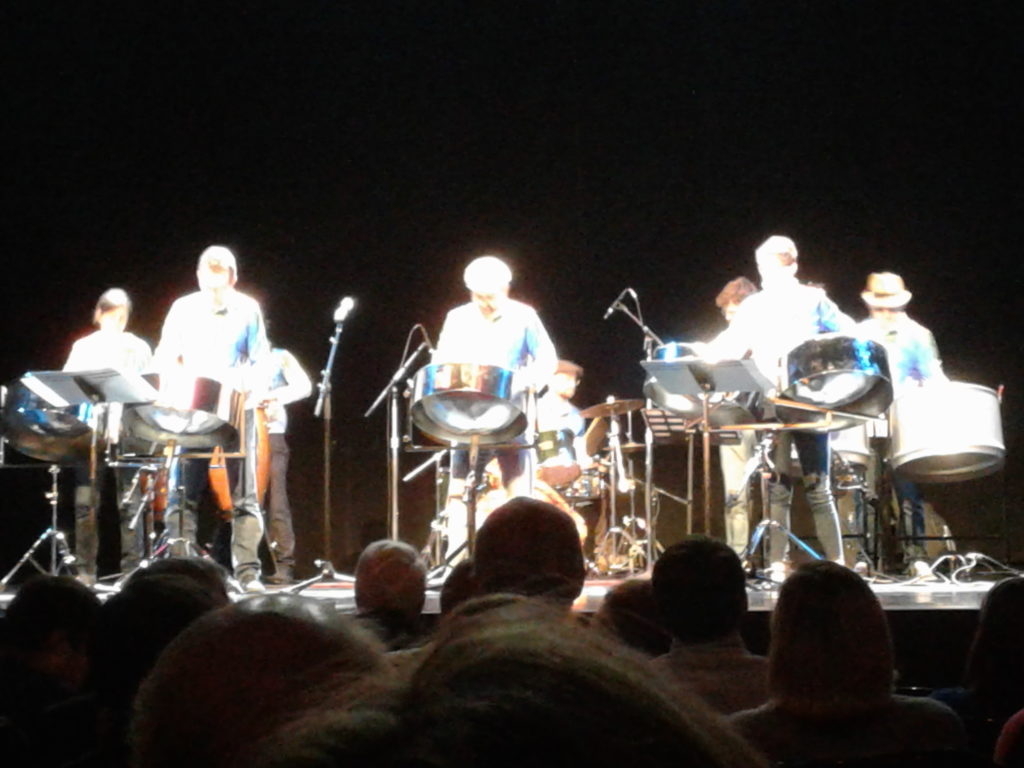
exotic, energetic steel drum group Panchromatic Steel
The mid-show raffle prizes – all four, fun-looking grab-bags of them – once more found their way to select winners (not me, alas), but all audience members were soon in for a very rare treat indeed with Clark Wilson’s expert organ accompaniment to the screen-mastery of Buster Keaton. With the whir of the projector and the roar of the organ, Three Ages – Buster Keaton’s first full-length feature as (credited) director – returned to Capitol Theater and Duck Soup Cinema for a comic look at the role of romance in time.

Contemporary Soviet poster for Buster Keaton’s THREE AGES(1923), demonstrating the star’s already considerable timeless, international, cross-cultural appeal
Inspired by D.W. Griffith’s medium-altering epic Intolerance (1916), which told four parallel tales centered around the title theme throughout history, Buster Keaton offered his own take on the potentially audience-confusing, time-warping theme of love through the ages. As a caveman, Ancient Roman, and – his usual comic purview – Jazz Age misfit, Buster Keaton romances co-star Margaret Leahy, is victimized by romantic rival Wallace Beery, and successively manipulates time and space – with his trademark blend of eye-popping visuals and physics-defying stuntwork – through six tightly-packed reels of thrills, chills, and spills. Three Ages certainly provides enough Buster for three times as many features.

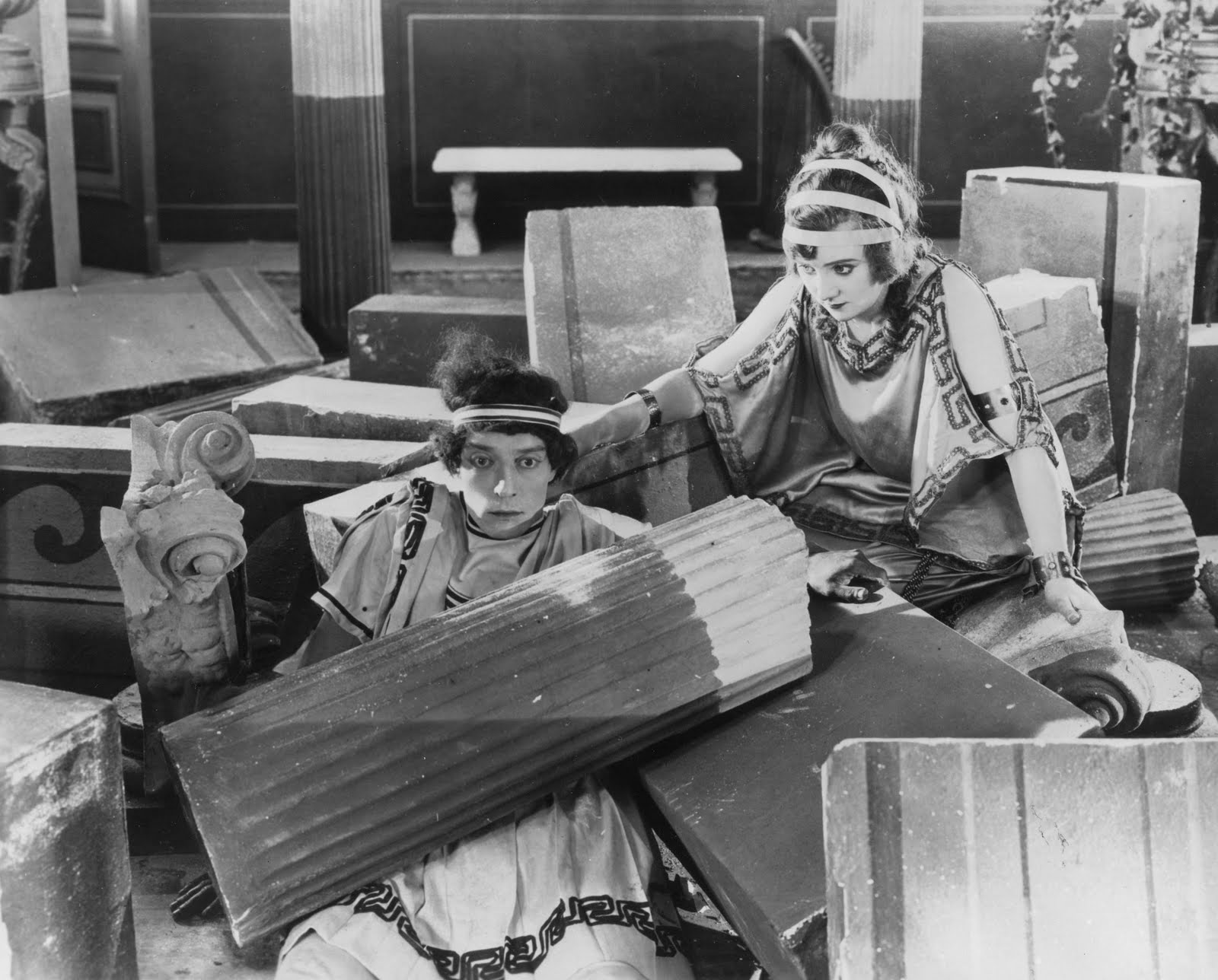
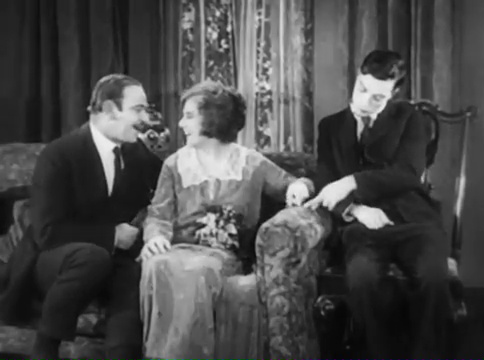
What most struck this viewer re-visiting this silent screen favorite was the thematic aspect of time in relation to this 95-years-later viewing. Buster along with his most prominent contemporaries in comedy, Charlie Chaplin and Harold Lloyd, are distinguished by their individually physical and visual embodiment of the past, present, and future. Chaplin, representing the Dickensian past of the previous century in his tight-waistcoated Little Tramp; Lloyd, representing the boisterous, can-do spirit of the 1920s in his nappy-outfitted Glasses Character; and, finally, Buster, a mechanical marvel under a porkpie hat of speed and grace, a chiseled-featured stand-in for the eye of the camera. The biggest joke in this approximately hour’s-worth of screen time is the Great Stone Face’s famously impassive expression neutrally registering each screen challenge set before him – from his entrance on a dinosaur to fitting a chariot with sled-rails during a snow storm to inching a football past the goal line with a swift, forward-thrusting leg-clutch – with a vacant yet eternally present response that somehow contains the entire gamut of human emotion in absentia.
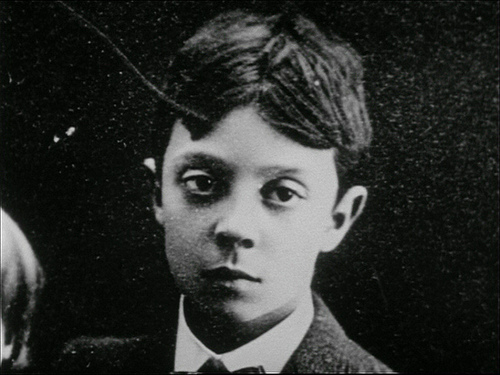
Three Ages of Buster
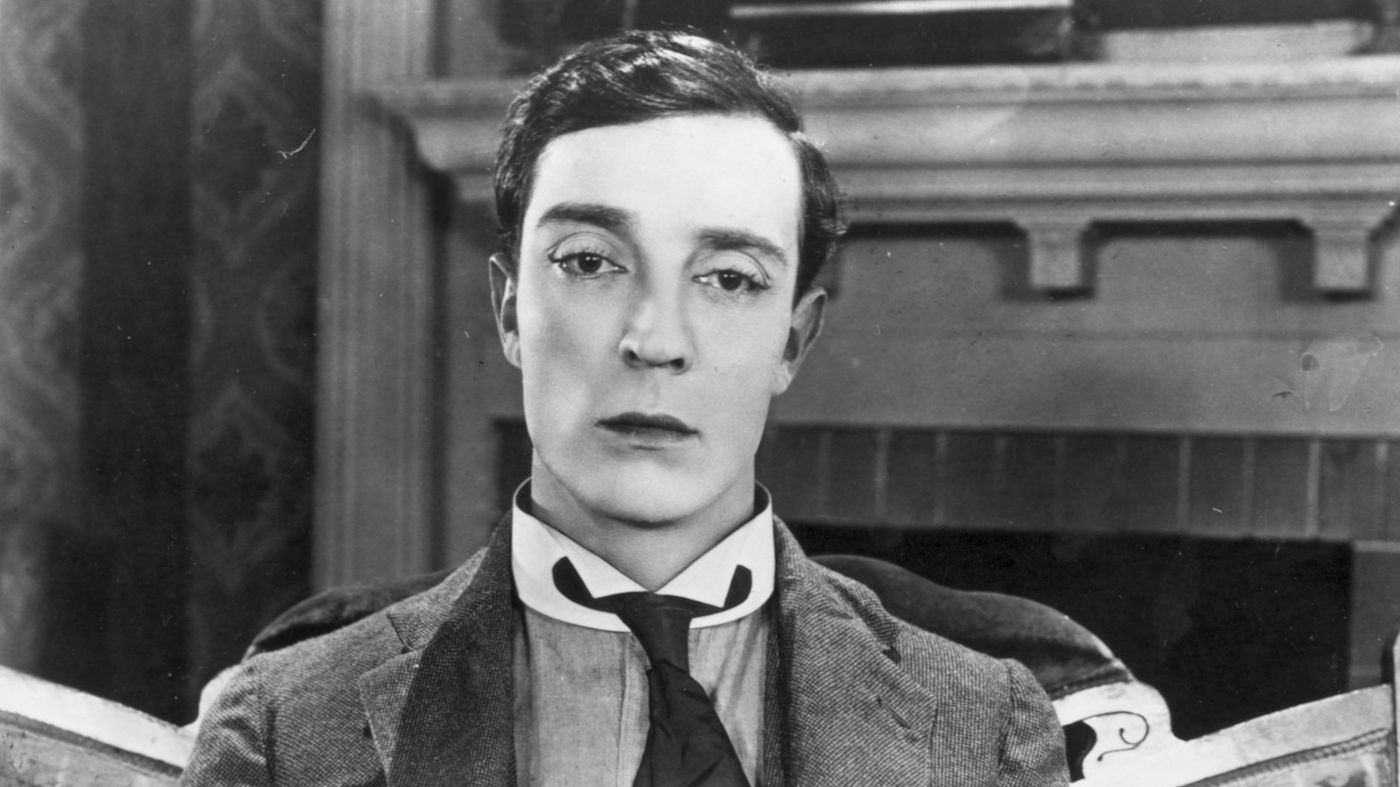
Three Ages of Buster
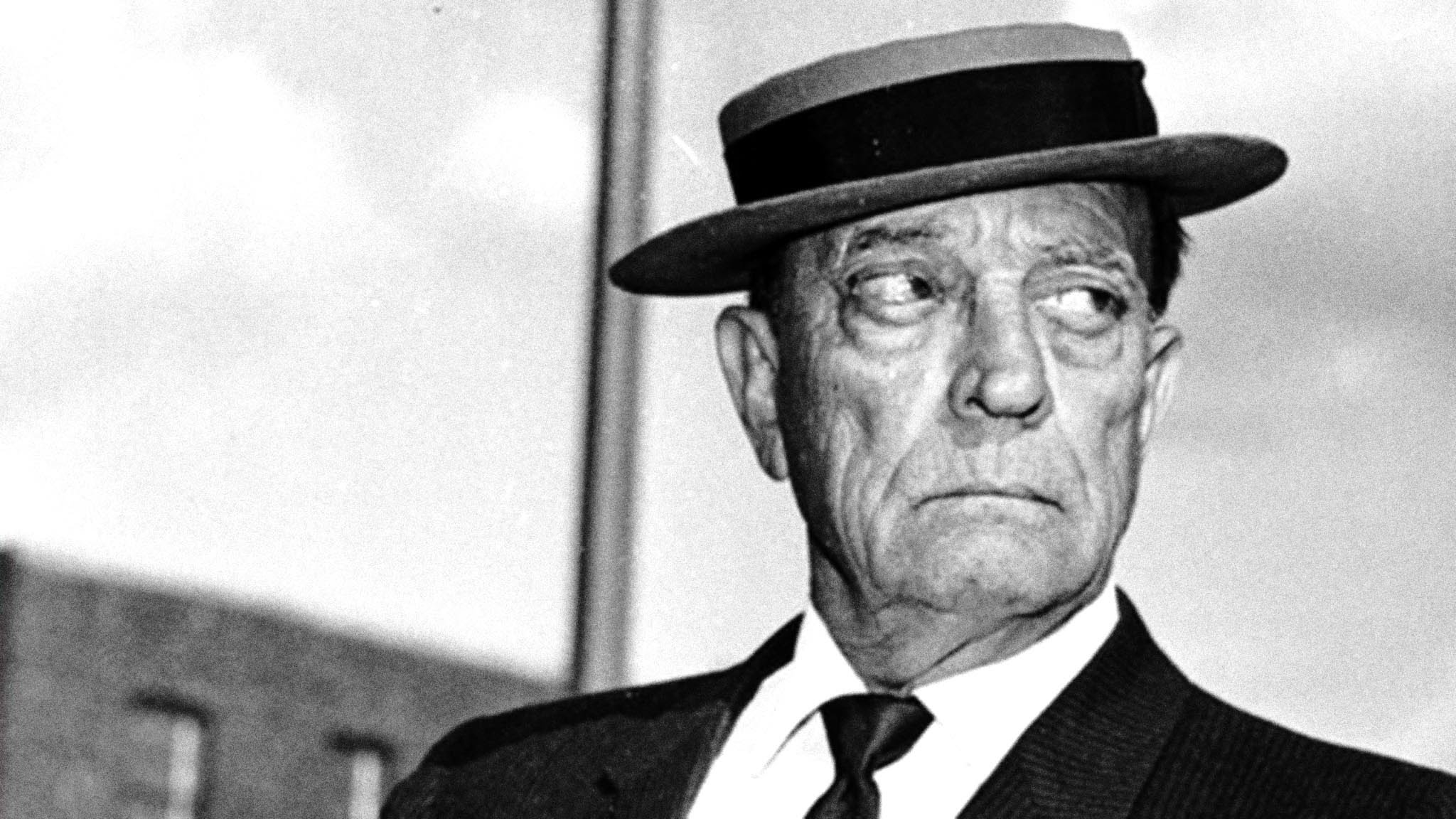
Three Ages of Buster
In short, Buster is the Man of the Future in our triumvirate of silent screen comedians. In Three Ages, whether inventing golf with clubs and stones in pre-history, showing grooming kindness to a chained dungeon-lion in ancient times, or braving a rooftop chase across a narrow plunge, through a rapid succession of window awnings, down a multi-story pole-chute, and on to the rear bumper of a speeding fire engine – one of the most beautifully assembled action sequences in silent film, bar-none – the always-inventive Buster appears effortlessly our contemporary in whatever age we view him. Even when unfavorably enacting the cave-dwelling he-man, or, in Roman alleys, indulging a bit of now-dated humor with the gambling draw of fortune-telling dice for African slaves, the poetic Buster blankness absolutely avoids offence by merely registering its occurrence rather than holding the target of humor up for ridicule.
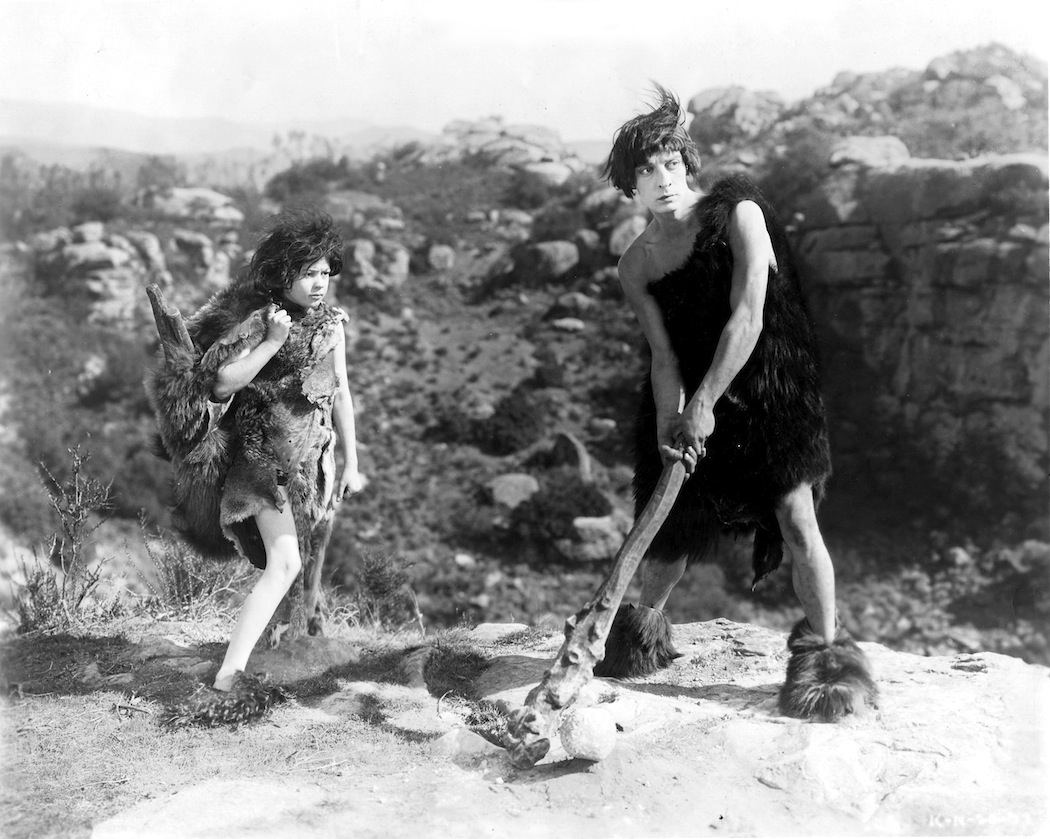
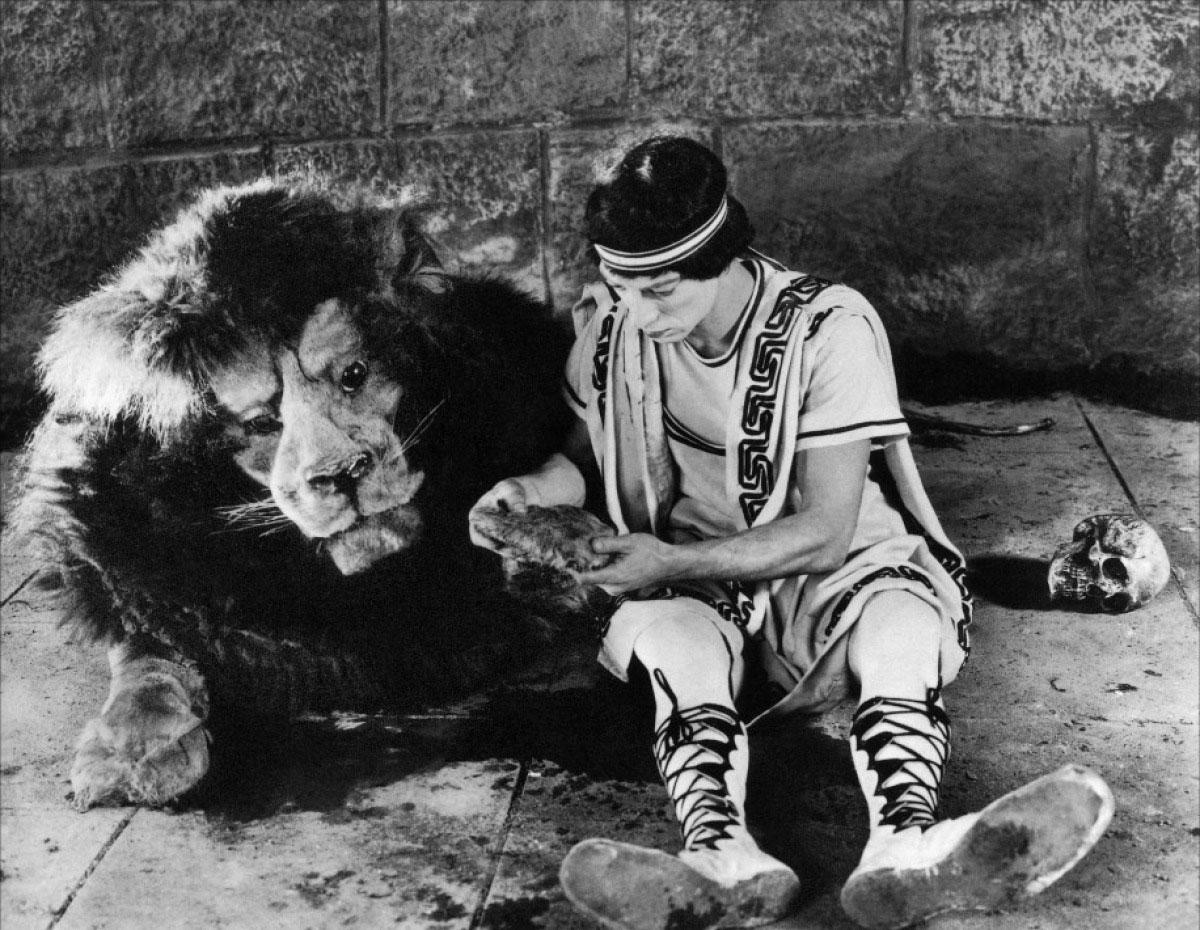
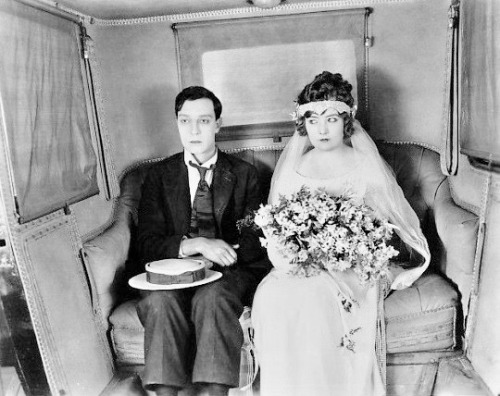
Playing just as well in 2018 as it presumably did in 1923, Buster Keaton’s Three Ages finds timeliness in relation to time’s grand march that once again proves just as effective in the past, present, and future. Comically triumphing in both life and love, three times over, Buster Keaton remains eternal.
Eternity, however, sometimes requires assistance to maintain the timeless quality of perishable material for future audiences. The past two seasons, for instance, this first-week April slot of Duck Soup Cinema had been initially set for Buster Keaton’s masterwork Sherlock Jr. (1924) – possibly his most sophisticated and medium-reflexive work in which he, as a dream-addled film projectionist, jumps through a screen and into the world of film itself – and the film’s on-going restoration and preservation has thus far prevented its season-ending showing. Similarly, the Grand Barton Organ has begun to undergo restoration work over the past two seasons and, as brilliantly presented by organist Clark Wilson in a concluding after-show slide-show and demonstration, has a good deal further to go – down through the instrument’s pedal board and up through the entire towering height of its massive pipe fixtures – before audiences can once again hear precisely what audiences heard at the Capitol Theater’s opening 90 years ago.
Like the slow decay of original film elements from a Buster Keaton film, with film technicians continually addressing time’s scratches and chemical disintegration, and despite the theater organ material’s similar wear-and-tear, where on-going replacement and reapplication of wood, leather, and glue will slowly bring the electric theater orchestra back to full life, silent film preservation along with an attending restoration of its ideal musical setting will allow Duck Soup Cinema to continue to bring the wonderful days of silent movies back for many future audiences. Past, present, and future, the Three Ages of film, entertainment, and art preserves, revives, and continues our cultural heritage for 2 – 5 showings per year at Overture Center and Capitol Theater’s 31-year silent movie and live entertainment program.

